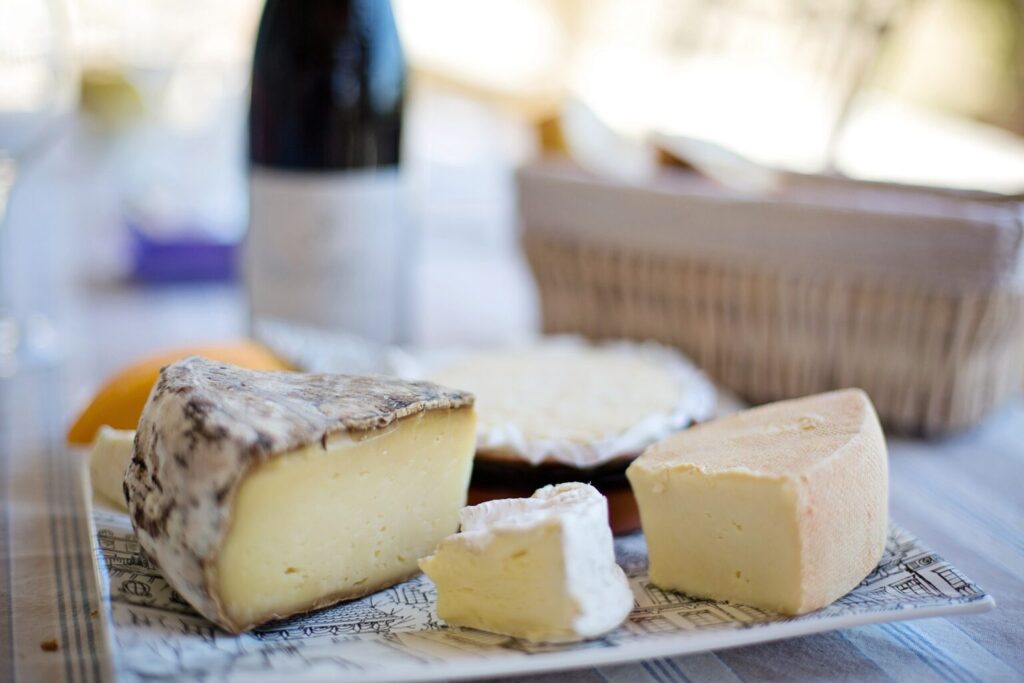The heatwave that has been raging in the country for weeks and the extreme lack of rainfall have resulted in a halting of ship traffic on several rivers. The Rhine, one of Europe’s most important rivers, is only a few centimetres from becoming unnavigable in some stretches. The severe drought-induced feed shortages may also threaten the milk supply in France.
The extreme drought has already caused huge problems in France, with water restrictions imposed in almost all departments and, according to a statement by the Minister for Environmental Transition on 5 August, more than 100 municipalities are without drinking water and are being supplied with tankers. However, the situation has further deteriorated, with even the largest French rivers now affected. Nearly 580 kilometres of the 6,700 kilometres of waterways managed by Voies Navigables de France (VNF) have been closed, Le Figaro reports, adding that the Rhine’s flow volume, for example, has fallen dramatically, with the VNF recording a discharge of 550 m3/s at Strasbourg at the end of July, which is half of the average. Cargo ships are therefore forced to reduce their cargo load to one third to prevent the hull from touching the river bed. River levels on German territory are even more critical, with Die Welt reporting that in the commercially important Kaub area, the water level is only a few centimetres from becoming impassable.
According to investment bank Berenberg, the situation will also make it much more difficult to transport coal – as an alternative to Russian gas – about a third of which is transported via the Rhine.
The south-western region of France is also experiencing massive river problems, with the Garonne usually flowing at 70-100 m3/s, which has now decreased to only 40 m3/s. This means that 25 million cubic metres of water have had to be replenished in the 80 m3 reservoir. The Garonne plays an extremely important role in the region, supplying drinking water to more than 1 million inhabitants, irrigating 70,000 hectares of farmland in the area and cooling the Golfech nuclear power plant, Le Figaro points out.
The water level of the Loire has also dropped sharply, with a discharge of just 121 m3/s compared to 475 m3/s back in early July, and according to a river tourism company, some stretches of the river are becoming increasingly difficult to navigate, with boats almost scraping the riverbed. Some destinations have consequently had to be removed from the programme.
However, river flow volumes and water transport are not the only things negatively impacted by the extreme drought, the lack of rainfall could prompt milk shortages by the end of the year. The FNSEA, the largest French agricultural trade union federation, has issued a press release drawing attention to the dramatic consequences of the historic drought, which are affecting farmers in particular. The trade union stresses that the most vital condition to ensure the viability of crops would be for the authorities to provide sufficient water reserves for irrigation.
Le Figaro‘s article on the subject reveals that the drought is also having a major impact on milk production. It is feared that if the situation does not improve, there will be a milk shortage in the country by the end of the year. Feeding dairy animals requires fodder, mainly alfalfa and maize, but as the harvest was extremely poor due to the drought, there is nothing to feed the animals. The dairy industry will suffer a big blow, including, for example, France’s signature cheese-making sector.
V4


